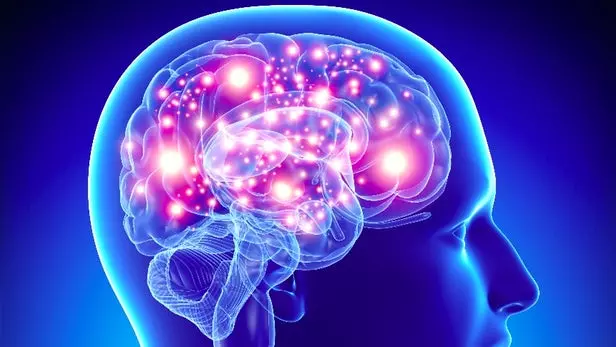Comments
- No comments found

How consciousness remains unknown is how mental health stays jounced.
What is elusive about the states of consciousness lines with how the scattershot of mental health diffuses.
Consciousness may be difficult, but the collateral damage of not advancing much against it hardens mental health and illnesses.
There are several explanations for what consciousness might be. There is a phenomenal property of experience or qualia, or what it feels like to see something and know it is different from others. There is phi, in the integrated information theory, as the quantity a physical object must possess to be conscious. There are several other explanations of consciousness, some within science, others within philosophy and so on.
Consciousness was markedly defined as what does it mean to be and to know, or say what is it like to be a bat?
So for a bat in its experiences of its habitat, seeing mammals, invertebrates, its species, smelling plants, clinging trees, knowing land, feeling water, what does it mean to the bat to experience those, relate with them, avoid predators, seek preys, sleep, stay warm, soar and so on?
What is the quantity of existence for that bat [having it means being or alive], and how does the bat know?
Consciousness is complex or consciousness is simple, depending on what one seeks.
To know is memory. So if it is agreed that anything the bat knows is stored in the brain of that bat, including what it means to live or not, the second part of consciousness could be pegged to memory.
However, all the experiences of that bat starts with sensory input. They go into its brain, landing at sensory relay nuclei from where they get distributed across the cortex for interpretation: knowing, feeling and reaction.
Sensory relay centers are also said to host sensory integration, which theoretically could mean that senses become something else — to qualify for relay before utility by the brain.
The first stop during relay is to know [or memory locations], then feelings [destination] before reaction [parallel or perpendicular].

There is a unit or quantity — off sensory integration. There is the memory — to know.
It may seem simple or straightforward but how many more detours are necessary in the consciousness fog?
It is this quantity or unit of integration that bears the version of the external world to the brain.
It is what gets stored [in the smallest of units] and grouped [by similarities] in the memory.
It is what is used for imagination, thinking and it is what gets to where feeling effects are to feel anything — pain, fear, delight and so on.
Many things are seen and heard, but don’t result in fear or panic. Some situations do, meaning that the integration unit got to the destination to feel fear.
During sleep—dreams are in the same unit, in higher resolutions.
Imagination about anything could be faint, but dreams are in the same form, but thicker.
When there are no dreams while asleep, during general anesthesia or in coma, the unit [in stores] transports across groups in the memory, keeping the person alive, even without external [sensory] inputs.
It is postulated that thought or a form of thought is the unit or quantity of sensory integration, which goes on to be relayed.
It is the basis of interaction with the world and it is the content of memory stores.
Car, house, cable, chair, table are all thought versions to the memory.
Thought is the basis of existence — available through life, regardless of subjective state.
Consciousness, in polar terms, is thought [to be] and memory [to know].
It is possible to look for other things in quantum mechanics, in the universe or wherever else, but with complications of mental health, how thought transports across the brain could be useful towards outlining healthy consciousness and ill-healthy consciousness, to at least grade mental order and disorders.
Leave your comments
Post comment as a guest